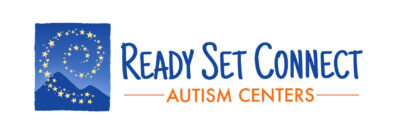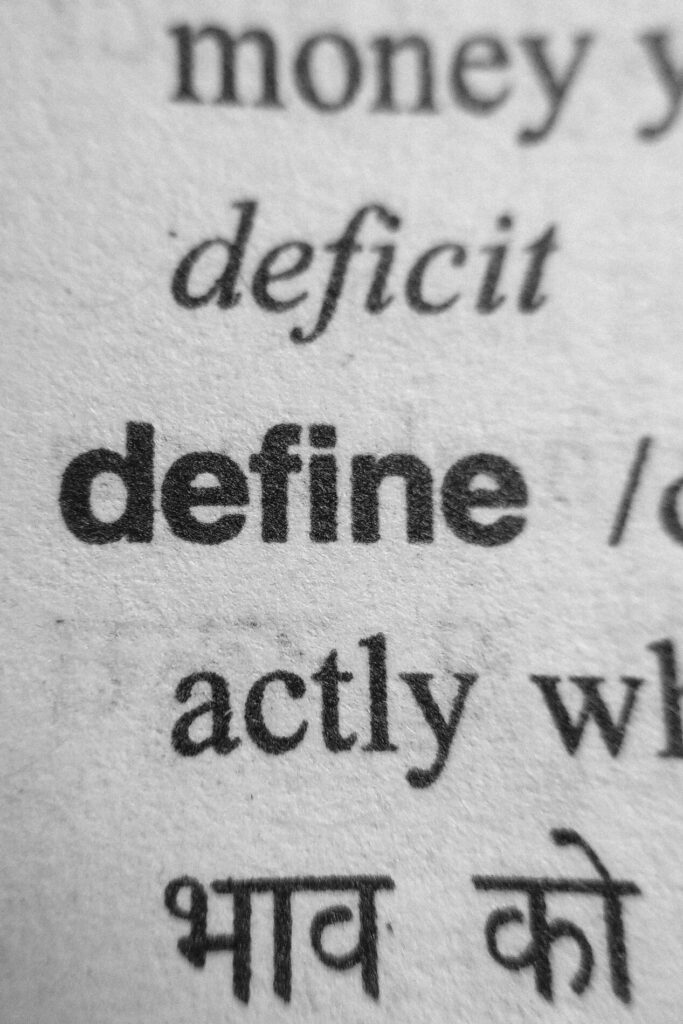Every field comes with their own set of jargon, with medical fields being notorious for complex language, and ABA is no exception. You may find yourself confused in conversations with your therapists if they drop some of ABA’s alphabet soup. Not only are there a number of mnemonics and abbreviations, but there’s also some ABA specific terminology that may even be words you understand, yet may have a different meaning when used in reference to ABA.
Whether you’re new here, or just need a refresher, we’ve pulled together a list of ABA terminology for you to either study up on, or bookmark and bring to your next meeting.
ABA (Applied Behavior Analysis): In this therapy, behavior is modified using positive reinforcement. A therapist will set goals for a skill or behavior for the child and use a rewards and consequence system to help them achieve it.
BCBA (Board Certified Behavior Analyst): This is the board certification required for a person to become a Behavior Analyst. In many states or with insurance companies, only BCBAs are recognized as being properly authorized to oversee, manage, or supervise ABA programs. Becoming certified is a lengthy process that takes much dedication, focus, and graduate level coursework. BCBAs typically supervise, direct staff, and design the intervention and treatment plan.
RBT (Registered Behavior Technician): This is a credential that denotes the person has met specific education and experience standards. RBT’s typically implement a treatment plan designed by a BCBA, and are the ones who usually work one-on-one with clients on a regular basis.
VB-MAPP (Verbal Behavior – Milestones Assessment and Placement Program): a criterion-referenced assessment tool, curriculum guide, and skill tracking system that is designed for children with autism, and other individuals who demonstrate language delays.
FBA (Functional Behavior Assessment): refers to the process used to find and define target behaviors and their possible functions. There are three main parts to the FBA process:
- Gathering information (caregiver interviews)
- Direct observations (data collection)
- Creating a plan of action
ABC (Antecedent-Behavior-Consequence) Model: A tool used to determine the function of a behavior in order to develop an intervention.
Antecedent: the event, action, or circumstance that occurs immediately before a behavior.
Behavior: any action that can be observed and measured.
Consequence: anything that happens directly after a behavior occurs. This can be good, bad, or neutral.
BIP (Behavior Intervention Plan): a written improvement plan to identify problem behaviors. BIP takes the results from the FBA and turns it into a plan of action. Some key components of a BIP include:
- Target behavior definitions
- Hypothesized functions
- Medical necessity
- Prevention strategies
- Consequence strategies
- Client goals
- Caregiver goals
DTT (Discrete Trial Training): A technique frequently used in ABA that breaks down certain skills into smaller “discrete” components. For example, instead of working with a child on all the colors in the rainbow, a therapist would start with a specific color like red or blue.
Prompt: A form of assistance or cue given to help the learner complete a task and to increase accurate responding.
Mand: A verbal or behavioral request to fulfill a want or need. Manding is one of the first forms of communication naturally acquired.
Tact: A label for objects, actions, or events; it is how we describe things that we see, hear, touch, smell, or taste. Tact is an important skill used to dissect language for communication.
Positive Reinforcement: the process of presenting a desirable stimulus (such as a favorite toy or treat) after a behavior to increase the likelihood of the behavior occurring.
Pairing: the process of developing a positive connection with a child by “pairing” oneself with the child’s favorite items/activities. Through these repeated connections, the therapist themselves becomes a positive reinforcer.
Chaining: a method used to teach multi-step skills in which all the steps involved are broken down into separate skills and then taught in pieces to link together the total “chain”.
Shaping: a gradual learning process used for teaching new behaviors by encouraging small improvements towards the desired behavior.
Generalization: The ability to apply a skill learned in one situation flexibly to other similar but different situations.
We hope this list helped clear up some of your confusion and make your ABA experience a bit easier to digest. If you ever have any questions, or just need a bit of guidance, we are always here at Ready Set Connect to help you. Reach out and contact us.
Sources:

